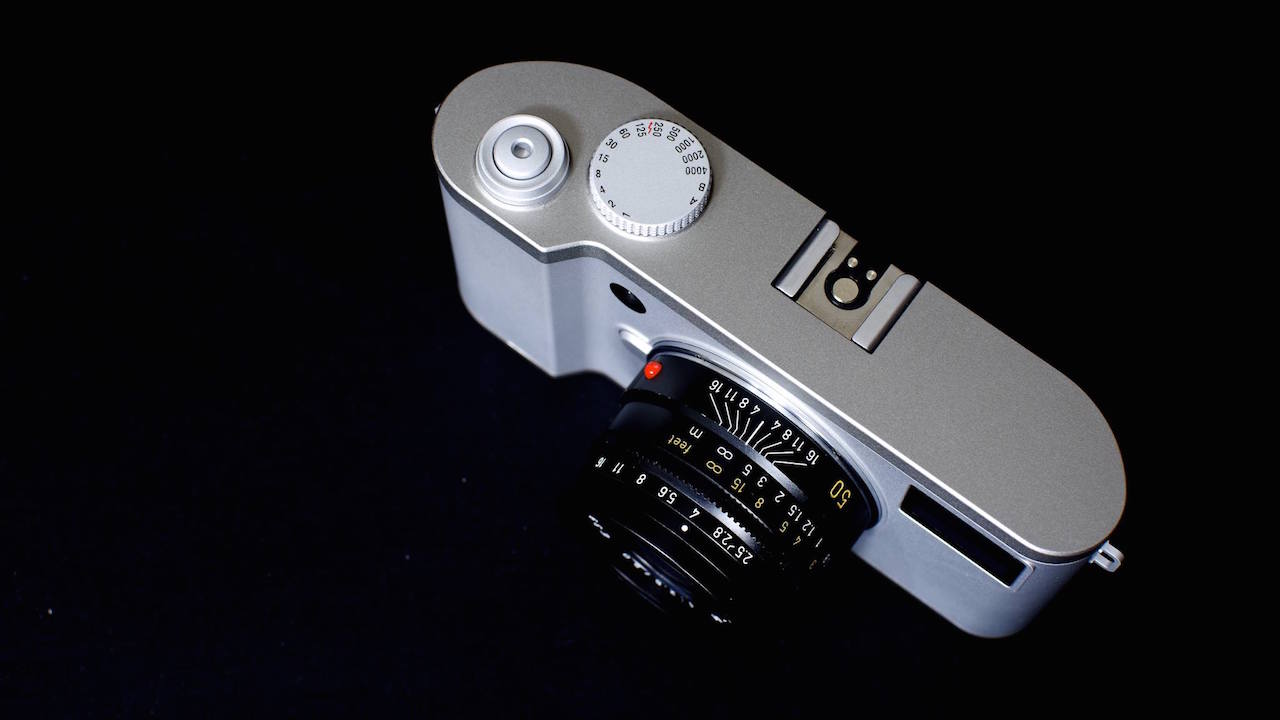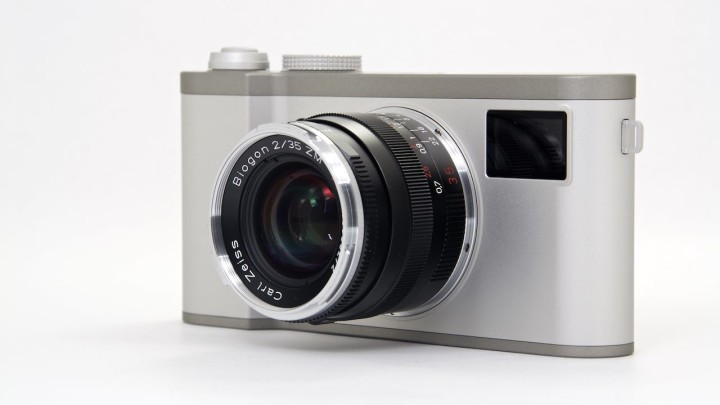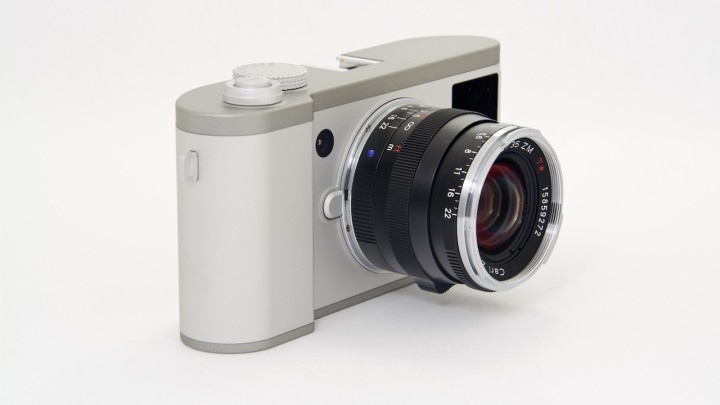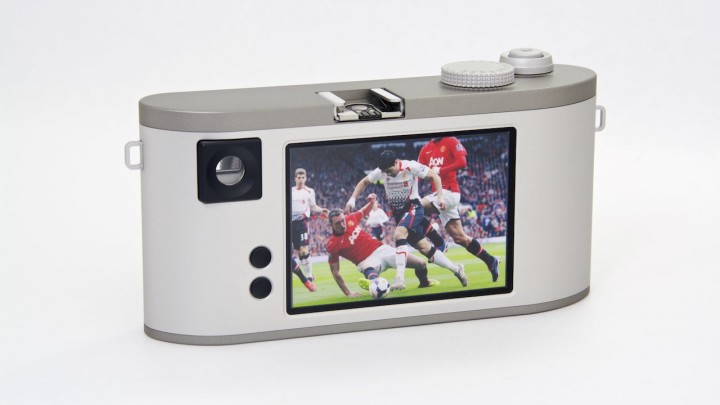Fujifilm may have been the first to put an electronic rangefinder on the market in the form of the Fujifilm X100T, but there seems to be a new kid on the block that claims to have the first “real” digital rangefinder camera on the way.
Yesterday a new website surfaced followed by a series of news about an up-and-coming company based in California called Konost and their Konost FF, a very simple rangefinder camera with a full frame CMOS sensor and Leica M mount. It has been designed by young and innovative engineers with a great passion for photography. With the simplest design and the most essential commands, they aim to give users a “pure photography” experience.
So, what is so interesting about this camera? Well, as mentioned already, it has a full-frame sensor. More specifically, it has a 20 megapixel sensor that was designed by a Belgian company named CMOSIS. The Konost camera uses their CMV20000 sensor, which is typically used for various scientific and medical applications. The specifications also highlight an ISO sensitivity of 100 to 6400 ISO, video capabilities up to 30fps and a mechanical shutter of up to 1/4000s. It can of course shoot Raw and JPG.
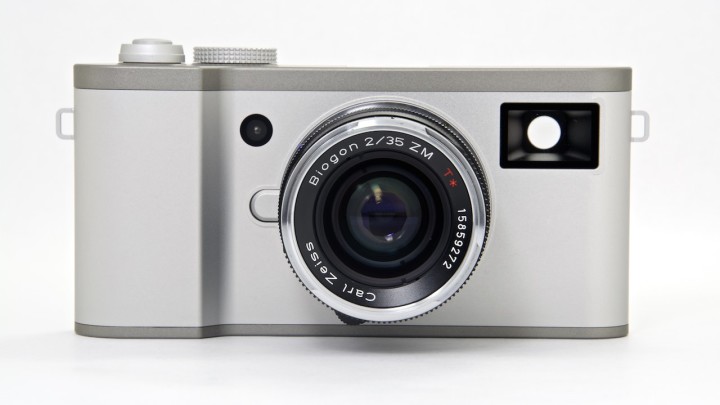
But perhaps the most interesting characteristic is the digital rangefinder technology. Traditional rangefinder cameras use rotating mirrors and prisms in the rangefinder mechanism in order to display the overlaying images inside the optical viewfinder. That overlaying image allows you to manually focus. The Konost FF follows the same idea but instead has a secondary dedicated digital sensor next to the lens that displays a digital version of this overlaying image via dedicated image process algorithms. You can notice the sensor in the photo above on the left. It also seems that on the live view screen on the back of the camera, you will simply see a green dot that shows you where your focus point is instead of peaking (similar to what you get on SLR cameras).
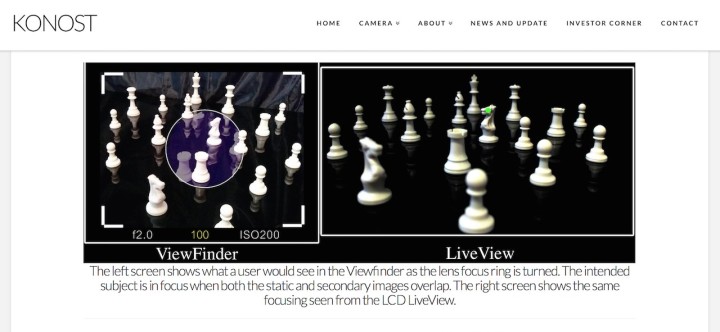
So, how is it different from the X100T?
First, the ERF in the Fujifilm camera is displayed in the bottom right corner instead of at the center of the finder. What’s more, it is simply a tiny electronic monitor that works not so differently to the live view screen on the rear or the electronic viewfinder. On the Konost, the digital rangefinder doesn’t show any data coming from the main image sensor but has a smaller dedicated sensor for this purpose instead.
The camera is still a prototype and Konost seems to be looking for investors and partners. As such, it could be a long time before we actually see it put into production, if it ever happens. Of course it is impossible to get an idea of the camera’s performance right now as many questions need to be answered properly:
- Is this new digital rangefinder really effective?
- How will the sensor perform in real world situations?
- What about the image processor and colour rendition? (Konost has promised to upload some first image samples taken with the camera sometime soon.)
But the burning question that will be on many users’ minds is: how much will the camera cost? In my opinion, Leica missed out on the great opportunity to produce a true “entry-level” digital M camera when they announced the M-60 at Photokina. The Konost FF could be a nice alternative rangefinder camera if the quality is there and the price is reasonable.
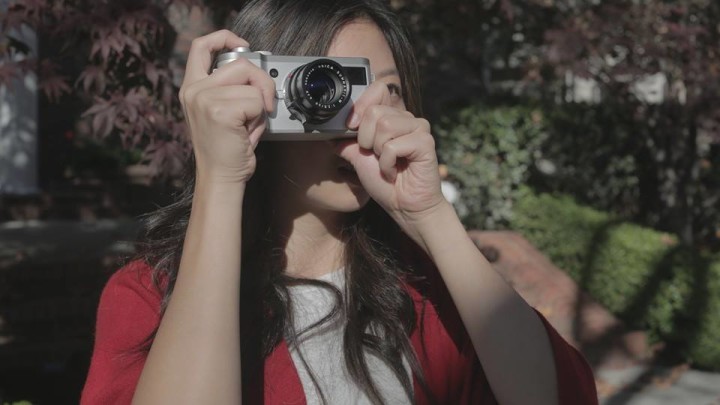
Then we have an even more controversial question: do we really need “pure photography cameras” anymore?
There tends to be a lot of confusion regarding this topic. I see people starting to shoot film or switching to rangefinders camera in the quest to become “better” photographers or to have a “purer” approach. However the majority of working photographers choose to keep a regular digital camera with them as well, and this doesn’t mean that their work is necessarily worse or less pure.
I sometimes think that the pure photography motto should be more about the photographer’s mental state and approach than about the specific camera he or she uses, though I’ll freely admit that a camera can have a positive or negative effect on a photographer’s state of mind. This is why I still find the Konost FF an interesting project, but I am honestly more curious about its performance and overall feel than its pureness.
One final thought: people who still use rangefinder cameras today are often attached to the brand and Leica is a good example of this. Trying to compete with them won’t be an easy task. That said, I certainly applaud the courage of this young company in taking on such a challenge. Konost seems to be ambitious; not only do they plan on producing this full-frame camera, but there are also APS-C and 1 inch sensor size versions in the works. I hope that we will have more information about these cameras very soon and we wish them the best of luck. In the meantime, you can head over the Konost website to find out more.
Would you be interested in a Konost FF if it is released? Tell us what you think!
